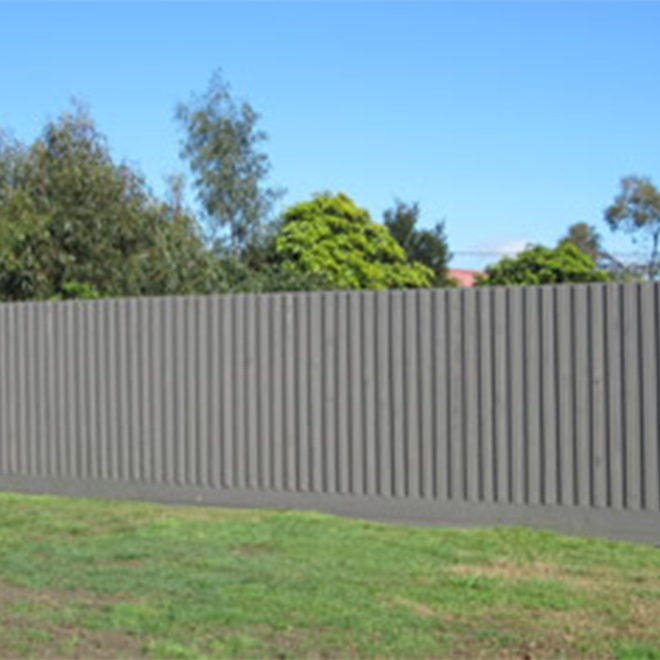Perfect for residential and light industrial properties, our Light Acoustic Fence is manufactured using treated pine to ensure a minimum wall density of 12.2kg/m2 for the light acoustic which exceeds the minimum VicRoads and regulatory standard of 10kg/m2.
Your light acoustic fence is guaranteed to meet the minimum requirements in fencing design for noise reduction using 24mm treated pine palings.
Our Heavy Acoustic Fence is manufactured using treated pine to ensure a minimum wall density of 18-20kg/m2 . Your acoustic fence is guaranteed to meet the minimum requirements in fencing design for noise reduction using 38mm treated pine palings.
Product applications
- Residential properties
- Light industrial properties
- Service Stations
- Shopping strips
- Commercial properties adjoining residential dwellings
Features and Benefits
- Reduction in noise pollution for residential & commercial areas
- Timber boards are an economical option when choosing non specified noise walls
- All material can be treated with Safe Treatment to be used where in contact with children and on schools and playgrounds
- Barrier against noise emitted from industrial sites
- Absorbs sound
- Ideal for new housing estates
Material
- Treated Pine Timber Boards and framing fixed to steel posts
Specifications
- Standard Heights: 1800, 2100, 2400, 2700, 3000, 3300, 3900
- An acoustic consultant can be used in the design of your fence to ensure the quality will specifically address any noise reduction specifications.
Quality Standards
- Unless specified fences are built to the relevant industry standards




